Disclosure: This article contains affiliate links. We may earn a commission from purchases at no extra cost to you, which helps our travel content.
The first time I glimpsed Siwa's palm-fringed silhouette rising from the golden desert, I understood why this remote Egyptian oasis has remained one of North Africa's best-kept secrets. Nestled deep in the Western Desert near the Libyan border, Siwa isn't just a mirage of freshwater springs and olive groves—it's a living museum where Amazigh (Berber) traditions have survived for millennia, and where adventure travelers can discover a side of Egypt far removed from the crowded pyramids and chaotic streets of Cairo.
The Great Sand Sea: Desert Adventures Beyond Imagination
The Great Sand Sea surrounding Siwa offers some of Egypt's most dramatic landscapes—an ocean of undulating golden dunes stretching hundreds of miles into Libya. My second morning in Siwa, I joined a local Amazigh guide named Omar for a full-day desert safari that would push both my adventure limits and my photography skills.
We set out at dawn in Omar's weathered but reliable Toyota Land Cruiser, the back loaded with water, emergency supplies, and my sand boards for the day's adventures. The vehicle was equipped with a portable air compressor—essential for deflating tires before hitting the soft sand and reinflating them afterward.
Our first stop was the fossilized seabed, where Omar showed me ancient seashells and coral embedded in the rock—tangible reminders that this harsh desert was once a thriving ocean. The real thrill came later as we tackled the massive dunes for sandboarding. Having snowboarded in my youth, I thought the transition would be easy—I was humbled within minutes as I face-planted into the soft sand, much to Omar's amusement.
By midday, we'd reached a remote desert camp where Omar brewed cardamom-spiced coffee over an open fire. As we sipped from tiny cups, he explained how his people have navigated these sands for centuries using the stars and subtle changes in dune patterns—a reminder that GPS is a recent luxury in a place where traditional navigation skills meant the difference between life and death.
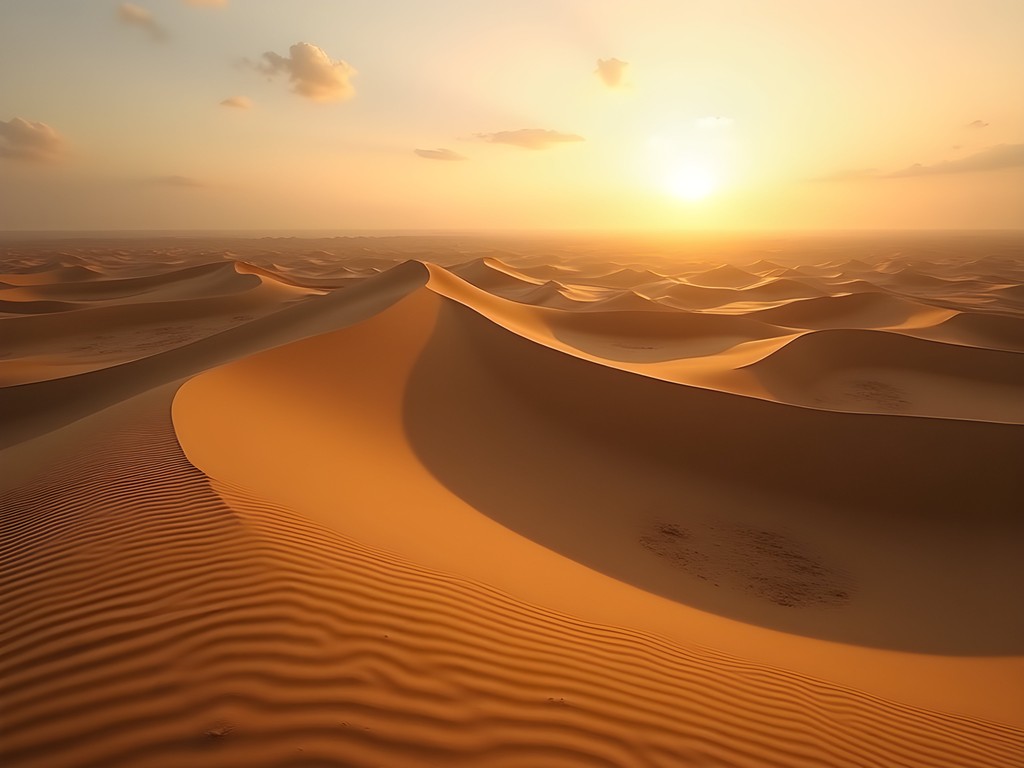
💡 Pro Tips
- Hire guides through your hotel or the Siwa tourism office—never venture into the desert independently
- Pack at least twice as much water as you think you'll need
- Apply sunscreen repeatedly throughout the day, even in winter
Salt Lakes and Clay Pools: Natural Spa Experiences
Siwa's salt lakes offer a surreal swimming experience unlike anywhere else I've traveled. After the intense heat of desert exploration, these mineral-rich waters provide welcome relief—and a natural spa treatment that leaves your skin feeling incredibly soft.
The most famous is Lake Siwa (Birket Siwa), a vast saltwater lake where you can effortlessly float like in the Dead Sea. I arrived just before sunset, when the water takes on a rose-gold hue that photographers dream about. My waterproof phone case proved invaluable here, allowing me to capture the experience without risking my electronics.
For a more intimate experience, I visited one of the smaller salt pools near Fatnas Island (also called Fantasy Island by locals). Here, I floated weightlessly while watching the sun sink behind date palms, creating one of those travel moments that burns itself into memory.
The next day, I explored Siwa's famous mud baths—natural clay pools heated by underground springs. Local tradition holds that Cleopatra herself may have visited these therapeutic waters. Following the lead of my guide, I slathered the mineral-rich mud across my skin, let it dry in the desert sun, and then rinsed off in the cool spring water. My skin hasn't felt that refreshed since my grandmother's homemade Lebanese clay treatments from childhood.
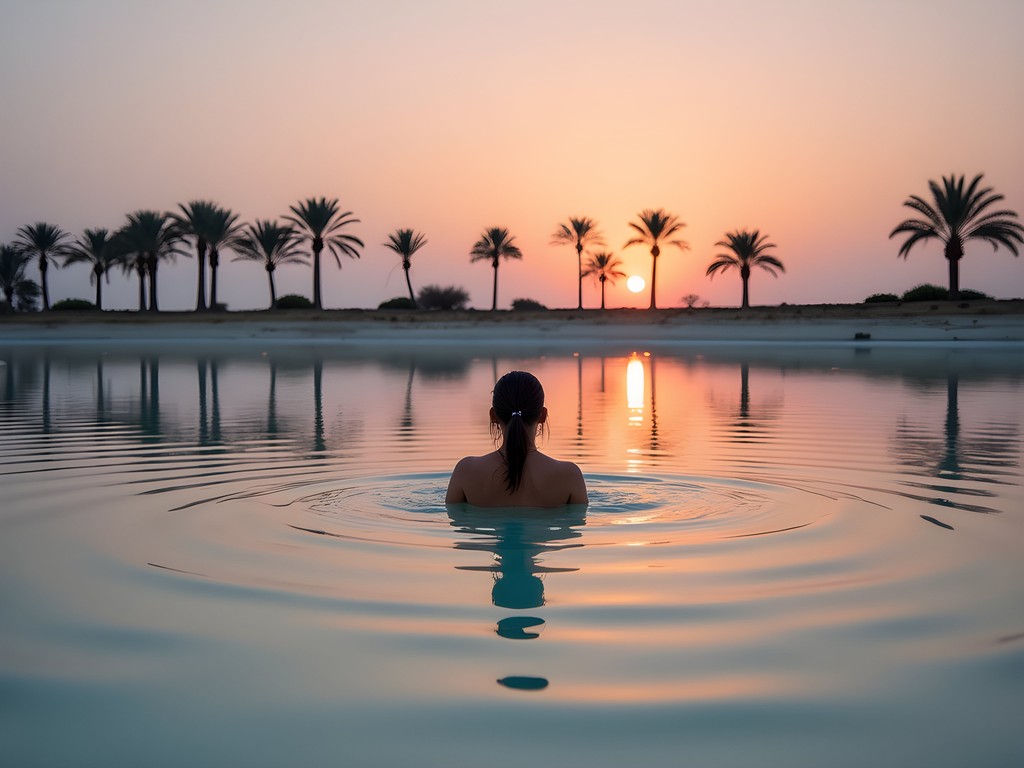
💡 Pro Tips
- Bring flip-flops for the hot sand around the salt lakes
- Wear dark swimwear as the minerals can discolor lighter fabrics
- Pack a large bottle of fresh water to rinse salt from your skin afterward
Ancient Traditions: Connecting with Siwa's Amazigh Culture
What makes Siwa truly special isn't just its landscapes but its people. The Siwans (primarily Amazigh or Berber) maintain traditions that have remained largely unchanged for centuries, despite the gradual encroachment of modern influences.
I spent a memorable afternoon with a Siwan family learning the art of traditional bread-making in their mud-brick home. The matriarch, Fatima, showed me how to knead dough before baking it in a simple clay oven heated by olive wood—techniques reminiscent of my Lebanese grandmother's kitchen rituals. My travel notebook quickly filled with recipes and sketches as I documented these disappearing traditions.
For craft enthusiasts, Siwa offers remarkable handicrafts, particularly embroidery and silver jewelry. The Siwa House museum provides excellent context for understanding local traditions, while several women's cooperatives sell authentic handmade items. I purchased a traditionally embroidered shawl from a women's collective, where my guide explained that each pattern tells a specific story about family lineage and marital status.
Perhaps most fascinating was learning about the sustainable agriculture practices that have allowed this community to thrive in harsh desert conditions for thousands of years. The ancient irrigation systems that channel water from natural springs to date palms and olive groves demonstrate an intimate understanding of the environment that modern sustainability experts are only beginning to appreciate.
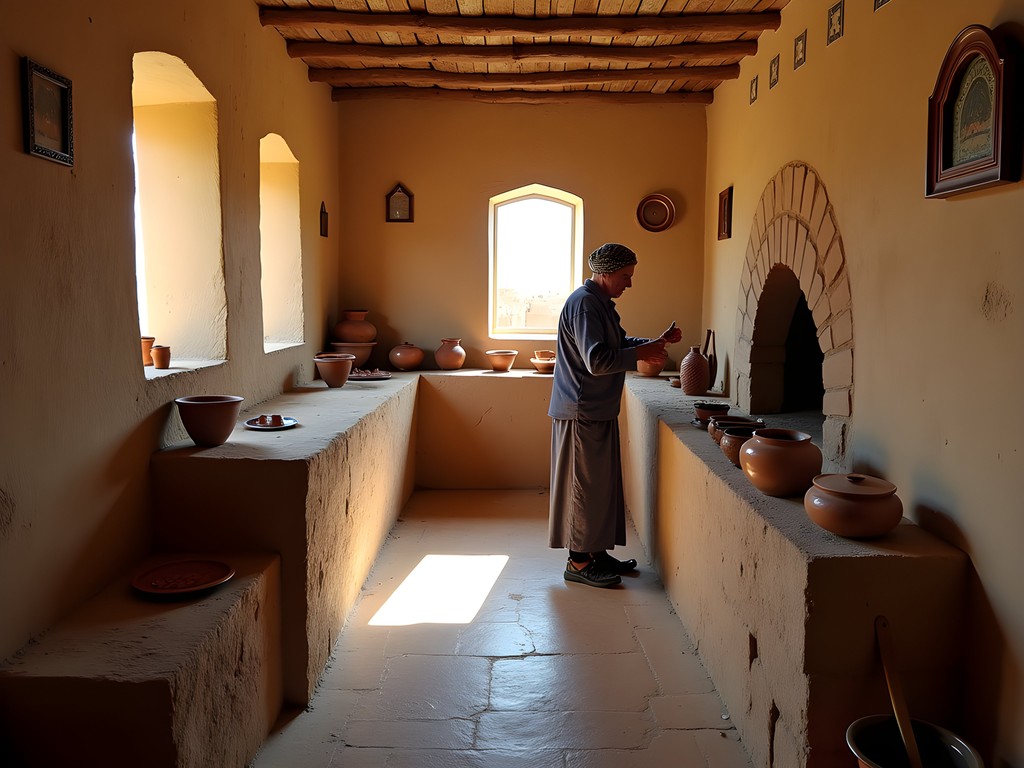
💡 Pro Tips
- Learn a few Arabic or Amazigh greeting phrases—locals greatly appreciate the effort
- Always ask permission before photographing people
- Support women's cooperatives rather than larger souvenir shops
Mountain of the Dead and Desert Stargazing
Siwa's archaeological treasures offer a fascinating glimpse into ancient Egyptian and Greco-Roman influence at this remote crossroads. The Mountain of the Dead (Gebel al-Mawta) contains dozens of rock-cut tombs dating back to the 26th Dynasty and Ptolemaic period. Climbing the limestone hill in late afternoon, I explored chambers adorned with remarkably preserved paintings depicting Egyptian deities and daily life scenes.
My guide explained the mountain's eerie name comes from its use as a refuge during WWII when Siwan families hid in the ancient tombs during Italian bombing raids—a sobering reminder of how ancient and modern history often intersect in unexpected ways.
As fascinating as the tombs were by day, Siwa's night sky proved even more mesmerizing. Far from light pollution, the desert darkness reveals a celestial display that modern city-dwellers rarely experience. I joined a stargazing tour with a local astronomer who brought a powerful telescope to observe Jupiter's moons and Saturn's rings.
For my personal viewing, I brought a red light headlamp that preserved night vision while allowing me to navigate and take notes. We sat on traditional woven mats, sipping mint tea as my guide pointed out constellations and shared Amazigh star legends that have been passed down through generations. The Milky Way stretched across the sky like a river of light, while shooting stars frequently streaked through the darkness.
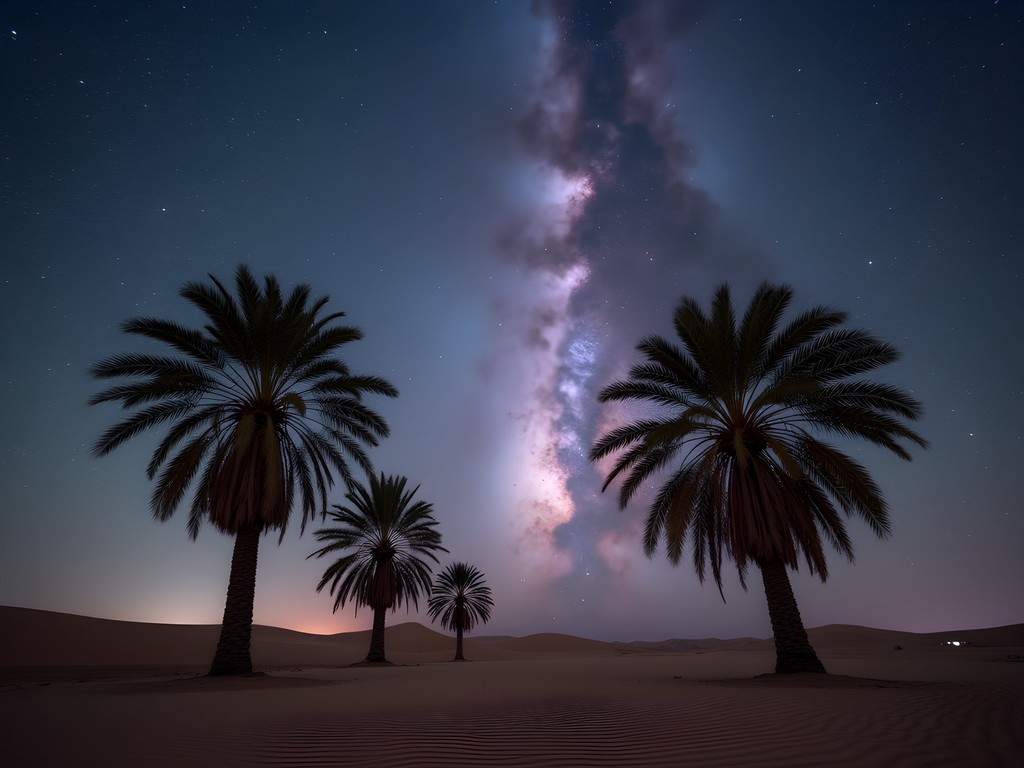
💡 Pro Tips
- Bring a light jacket for desert evenings, even in warm seasons
- A red-light headlamp preserves night vision for stargazing
- Download a star chart app that works offline before your trip
Sustainable Adventure: Eco-Friendly Exploration
As an environmental sustainability consultant, I'm always evaluating the ecological impact of my travels. Siwa presents both challenges and opportunities in this regard. The oasis faces threats from over-extraction of groundwater and increasing tourism, yet many locals are working to preserve their traditional low-impact lifestyle.
I stayed at Taziry Ecolodge, built using traditional mud-brick construction that naturally regulates temperature without energy-intensive air conditioning. Their solar water heaters and organic garden demonstrate how desert hospitality can minimize environmental impact. For day trips, I often used a folding bicycle to explore nearby sites without relying on motorized transport.
Water conservation is critical in desert environments, so I carried a filtered water bottle that allowed me to safely refill from local sources without purchasing plastic bottles. When venturing into remote areas, my solar charger kept my phone and camera batteries topped up without relying on the sometimes unreliable local electricity grid.
My conversations with younger Siwans revealed both concern about climate change impacts on their oasis and determination to develop sustainable tourism that preserves their cultural heritage. Several community initiatives focus on reviving traditional water management techniques that have sustained this desert community for centuries—knowledge that may prove invaluable as climate patterns shift globally.
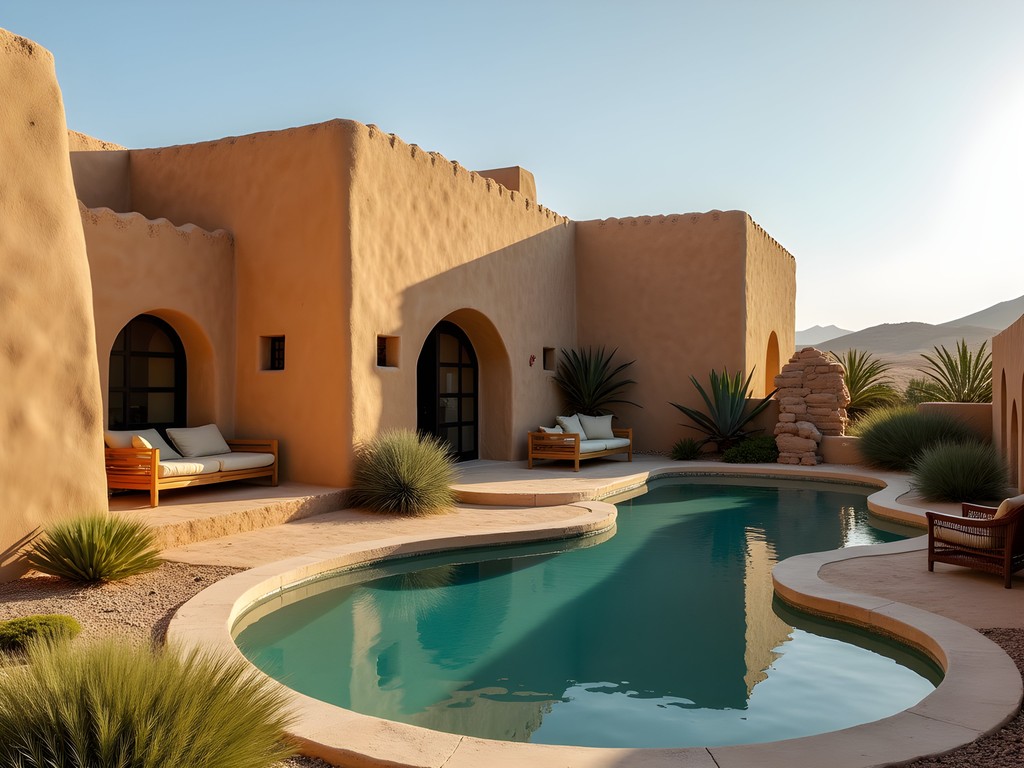
💡 Pro Tips
- Support ecolodges and hotels with visible sustainability practices
- Pack a reusable water bottle with built-in filter to reduce plastic waste
- Consider carbon offsetting your journey to and from Siwa
Final Thoughts
As I left Siwa after my week of adventures, bumping along the desert road toward the Mediterranean coast, I found myself already planning my return. This remote oasis offers a rare combination of cultural immersion, outdoor adventure, and sustainable travel that speaks to the soul of any thoughtful explorer.
What struck me most wasn't just the dramatic landscapes or the thrill of sandboarding down massive dunes, but the resilience of Siwa's people—maintaining their unique identity and traditional knowledge despite centuries of isolation and change. In our rapidly homogenizing world, places like Siwa remind us that cultural diversity and ecological wisdom are treasures worth preserving.
Whether you come for the adventure sports, the archaeological wonders, or simply to float in salt lakes beneath star-filled skies, Siwa rewards those willing to venture beyond Egypt's well-trodden tourist path. Just remember to tread lightly, respect local customs, and take the time to listen to the stories this ancient oasis has to tell. Some deserts are far more alive than they first appear.
✨ Key Takeaways
- Siwa offers adventure activities from sandboarding to 4x4 safaris that showcase Egypt's dramatic desert landscapes
- The oasis's rich Amazigh culture provides authentic cultural experiences through food, crafts and traditional knowledge
- Natural wonders like salt lakes and hot springs offer unique wellness experiences in a dramatic desert setting
- Sustainable tourism options exist but require thoughtful planning to minimize impact on this fragile ecosystem
📋 Practical Information
Best Time to Visit
October to April (fall through spring)
Budget Estimate
$50-100 USD per day, excluding transportation to Egypt
Recommended Duration
5-7 days
Difficulty Level
Moderate




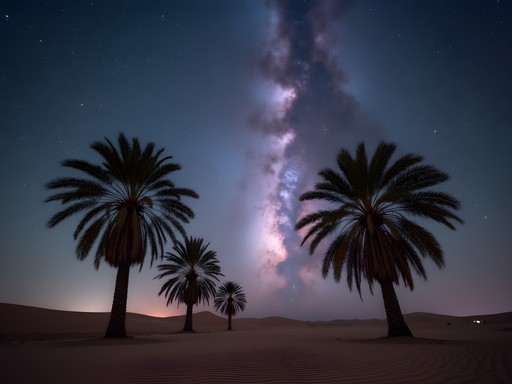



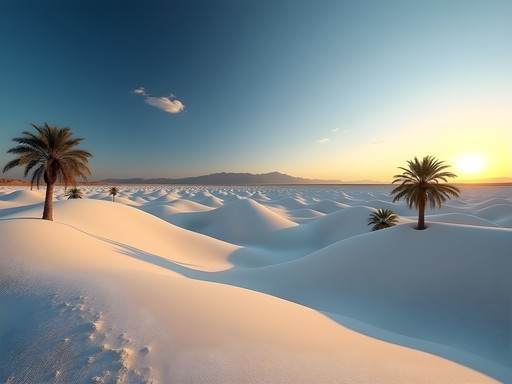



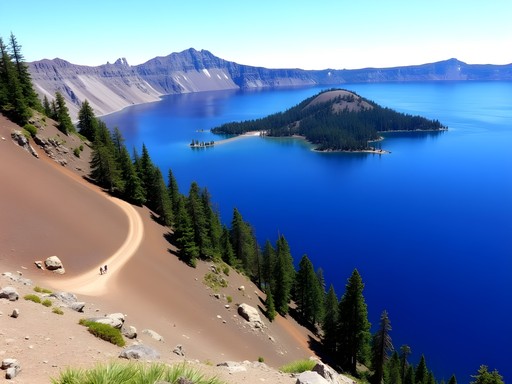


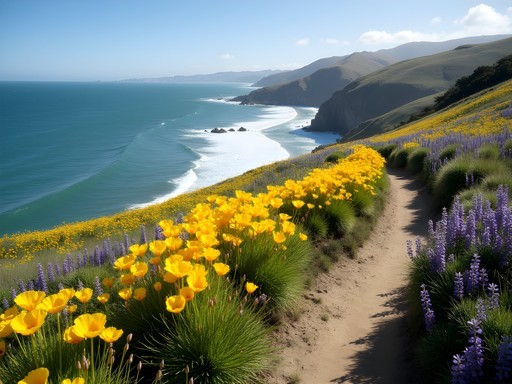
Comments
travelstar
Those sunset dune photos are absolutely stunning! Adding Siwa to my bucket list right now.
Hunter Thompson
Brilliant post, Leila! Siwa was a total game-changer for me last year. After the chaos of Cairo, arriving in Siwa felt like stepping into another world. The Great Sand Sea expedition was unreal - we did a 2-day camping trip and the silence out there is something I'll never forget. For anyone heading there, definitely book a driver who knows the desert well. Our guide Mohammed showed us these hidden fossil sites that weren't on any tourist map. Also worth mentioning - pack light but bring layers. Desert gets COLD at night even when days are scorching! The salt lakes were a highlight too - floating in that mineral-rich water under the desert sun was pure magic. Already planning my return trip!
Leila Brooks
Thanks Hunter! And great tip about the temperature changes - I should have emphasized that more in the post. The overnight temperature drop caught me by surprise too! Did you get a chance to try any of the local olive oil? I brought some home and am already running out!
Hunter Thompson
Yes! The olive oil was incredible - I'm still rationing the bottle I brought back. Also loved those salt-preserved lemons they use in everything. Wish I'd brought more of those home too!
beachace
I visited Siwa last year and it was definitely one of the highlights of my Egypt trip! Those salt lakes are even more beautiful in person than photos can capture. One tip for anyone planning to go - make sure you bring cash as ATMs are scarce and many places don't accept cards. Also, the sand boarding on the dunes was incredible but bring proper clothes as the sand gets EVERYWHERE. We stayed at Taziry Ecolodge and the stargazing from there was perfect. Did you try the Siwan food? Those dates stuffed with almonds were my absolute favorite!
Hunter Thompson
Totally agree about the cash situation! I got caught out with that. And yes to the sand boarding - absolute blast but I was finding sand in my bag for weeks afterward! Did you make it to the Mountain of the Dead? Those ancient tombs were mind-blowing.
beachace
Yeah we did! The tombs were incredible, though I wish we'd gone with a better guide who could explain more of the history. Next time I'm definitely spending more time exploring the archaeological sites. And I'll be bringing my headlamp - some of those tombs were pretty dark inside!
smartace
Those stargazing photos are amazing! What camera settings did you use for the night sky shots?
Leila Brooks
Thanks! I used a Sony A7III with a wide-angle lens at f/2.8, ISO 3200, and 20-second exposures. The desert darkness in Siwa gives you incredible visibility - barely any light pollution out there!
journeyway
This looks incredible! How difficult is it to get to Siwa Oasis from Cairo? I'm planning a trip to Egypt next year and would love to include this, but I'm a bit worried about the logistics as a solo traveler.
Leila Brooks
Thanks for asking! It's definitely remote but doable. You can take a bus from Cairo to Marsa Matruh (about 6 hours), then another bus to Siwa (4 hours). The desert road is well-maintained now. As a solo traveler, I felt very safe, but arrange your accommodation ahead of time as options are limited. Feel free to DM me if you need specific recommendations!
journeyway
That's super helpful, thanks Leila! I'll definitely look into the bus routes. Might DM you closer to my trip date for those recommendations!
explorequeen
OMG Leila!!! Your photos of the salt lakes are STUNNING! 😍 I've been dreaming about visiting Siwa since forever! The way you described that sunset over the Great Sand Sea gave me goosebumps. Did you try that mud bath treatment with the locals? I heard it works wonders for your skin! Planning my trip for next spring and I cannot wait to experience everything you wrote about. Your post is literally the BEST guide I've found so far!
Leila Brooks
Thank you so much! Yes, I did try the mud treatment - my skin felt amazing for days afterward! Spring is a perfect time to visit. Make sure to pack layers though, as desert nights get surprisingly chilly even when days are warm.
explorequeen
Thanks for the tip about layers! Adding that to my packing list right now! 👍
oceanguide
When's the best time of year to visit?
Leila Brooks
October to April is ideal - summer gets brutally hot (45°C+). I went in November and the temperature was perfect for desert adventures!
Sage Dixon
I visited Siwa last year and it was truly magical! The sandboarding in the Great Sand Sea was the highlight for me - such an adrenaline rush sliding down those massive dunes. Make sure to book a guide who knows the area well. We stayed at a small eco-lodge built with traditional salt-rock architecture and spent evenings stargazing. The Milky Way visibility there is mind-blowing! If you go, don't miss trying the local dates and olive oil - Siwa produces some of the best I've ever tasted. I packed my desert boots which were perfect for the terrain.
oceanguide
Was it safe? I'm thinking of going solo.
Sage Dixon
I felt very safe there! The locals were incredibly welcoming. Just take normal precautions as you would anywhere. For desert excursions, definitely go with a guide rather than alone.
wintertime
Those salt lakes look incredible! Adding to my bucket list.
blueblogger5251
This looks amazing! How did you get to Siwa from Cairo? I've heard the transportation options are limited. Did you rent a car or take a bus?
Leila Brooks
I took the overnight bus from Cairo to Marsa Matruh, then a minibus to Siwa. It's a long journey but totally worth it! You could also hire a driver in Alexandria, which is more comfortable but pricier.
blueblogger5251
Thanks for the info! The overnight bus sounds like the way to go for my budget.
Venture X
Premium card with 2X miles, $300 travel credit, Priority Pass